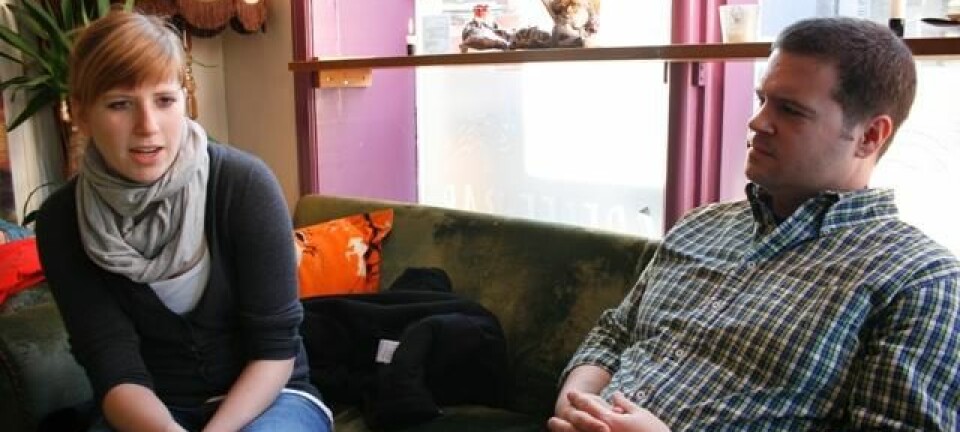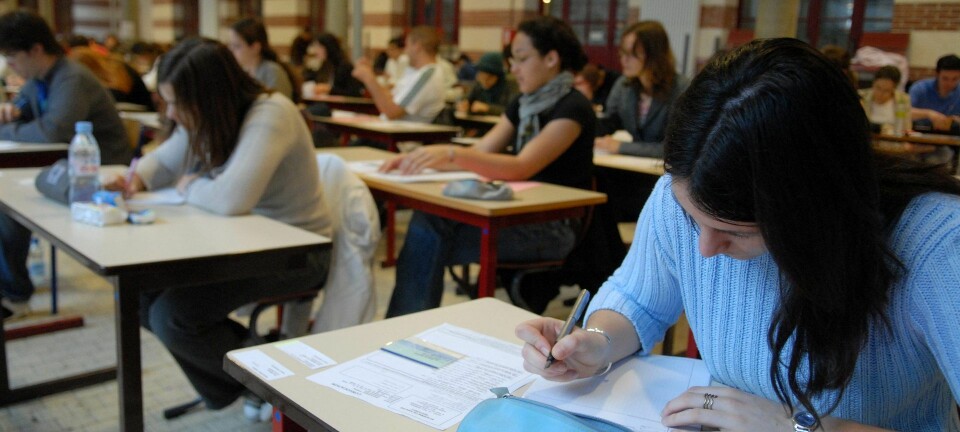This article was produced and financed by Diku - The Norwegian Agency for International Cooperation and Quality Enhancement in Higher Education

Increased quality is main goal in the internationalisation of Norwegian education
Quality development is often stated as a main goal in Norwegian universities and university colleges’ strategies on internationalisation. Ideals such as solidarity and personal formation are less present.
Denne artikkelen er over ti år gammel og kan inneholde utdatert informasjon.
These are some of the findings in a new report conducted by the Norwegian Centre for International Cooperation in Education (SIU). The report reviews the international strategies of 36 Norwegian institutions of higher education.
Reflects National Policy
“In the report we examine how the institutions write about internationalisation in overall strategic documents. There is a huge variation in how they approach this theme, but the strategies have in common the fact that they are reflecting national policy statements”, SIU-researcher Margrete Søvik says.
Quality development is the man reason for internationalisation, according to the strategic documents. The most common approach to the notion of quality is to define internationalisation as a tool for quality improvement through comparison, and that recognition across borders in itself is a sign of quality.
This corresponds closely with Norwegian national policies, and is in line with the sectorial goals for the institutions, and for the Ministry of Research and Education. Here it is stated that the institutions should offer education and research on a high international level.
The strategies also mention the social mission and access to resources as important rationales. The idea is that competition of talent and resources strengthens the institutions and enables them to contribute to a global knowledge society, through internationalisation.
“Solidarity, peace and personal formation, classic ideals in internationalisation of higher education and research, are less commonly present in the strategic documents”, Søvik says.
“This also reflects the development in other countries, where financial concerns create the incentives for educational institutions to cooperate across borders.”
Joint degrees and mobility
According to the report, the issues most frequently stressed in the area of education are mobility, internationalisation at home, English‐taught courses, institutional cooperation and joint degrees. In the field of research, networks and mobility are the issues mentioned by most institutions.
The institutions are divided into two main groups: The first group clearly uses the strategy as a marketing tool, while the other group seems to form their strategy specifically targeted at the government.
“It seems that the strategies are not specifically made to be used as internal management documents. However, the report analyses the central strategies, and we have not thoroughly examined how the documents are used by within the institutions”, Søvik says.
Social responsibility
While the main universities aim to participate as global actors through internationalisation, many of the University Colleges see external cooperation as a social responsibility – strengthening the local community and the local industry by linking them to global society.
One example is Lillehammer University College, writing “by international cooperation the University College wishes to contribute to internationalisation of the region.”
The four oldest Norwegian universities (Bergen, Oslo, Trondheim, Tromsø) have ambitions of solving global challenges within areas like climate and health through internationalisation. The University of Oslo states that they “… strives to participate in meeting the global challenges of today…”.
Russia priority
Geographically, the strategic documents follow national priorities and financial sources available. In general, Europe stands out as the main area of interest. This is with the exception of the institutions of northern Norway, having Russia as their main priority.
It is natural that these institutions look to Russia, according to SIU researcher Dag Stenvoll, co-author to the report.
“Politically and location wise, cooperation with Russia is obvious for these institutions. There are also a number of funds available for these kind of projects, for example through SIU and the Norwegian Research Council”, he says.


































